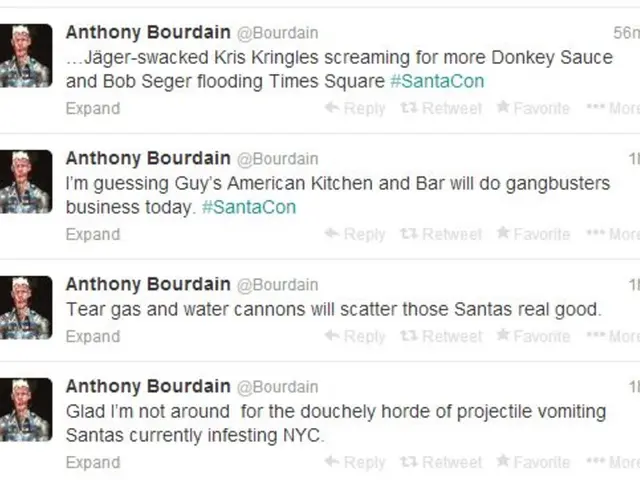Holiday Hiccup: The Easter Effect Snags Tourism in Baden-Württemberg
Decline of Tourist Visits at the Year's Start - Decrease in visitor numbers at start of the year explained
The sun-kissed slopes and scenic landscapes of Baden-Württemberg have become synonymous with family vacations and weekend getaways, but this year, its tourism industry took a slight hit. Amidst the rolling hills of the Black Forest and the charming cobblestone streets of Stuttgart, tourist arrivals dropped by a mere 1.2% during the first quarter, recording just 4.2 million guests. The decline isn't all grim, though, as the number of overnight stays slipped by 5.2%, settling at 10.3 million—neither figure falling below pre-pandemic levels from 2019. But what's behind this temporary tourism dip? The answer lies in the calendar.
Easter, that long-awaited symbol of spring and renewal, is usually a tourism giant. Families flock to Baden-Württemberg for its outdoor activities and picturesque locales, especially the Bodensee region, where the gentle lake breeze whispers through the rustling trees and the sun-dappled waters mirror the sprightly spring blossoms. Spots like Lake Constance and the flower-drenched Isle of Mainau become Instagram-worthy hotspots, drawing ambitious photographers and holidaymakers alike. But this year, Easter shifted, and the holidays fell squarely in April, marking a second-quarter event rather than a first-quarter festivity. This shift, referred to as the Easter Effect, took a bite out of the region's tourism numbers.
The impact was evident across the board, with campsites taking the hardest hit, reporting a devastating drop of 26.2%. Pensions, inns, and youth hostels followed suit, experiencing double-digit losses. Hotels, the vanguard of the tourism industry, weren't immune either, with a manageable 4.6% decrease. Every corner of the state grappled with the Tourism Ministry's unwelcome announcement—not even the seductive allure of the Black Forest could mask the blow. The Bodensee region bore the brunt of the drop, dipping a steep 16.6%. But even in the shadow of this setback, the first quarter of 2024 showcased record-breaking numbers for the Bodensee region, offering a glimmer of hope for the summer to come.
Despite these early blows, State Secretary Patrick Rapp maintains a positive outlook for the summer months ahead. According to him, Baden-Württemberg's diverse offerings and mild climate make it an ideal destination for summer-seekers year after year. "It's all aboutopeningourdoorsandshowingtheworldwhoweare," hedeclaresoptimistically, with visions of warm, sun-drenched days and jubilant summer festivities dancing in his eyes.
The year 2022 marked the beginning of tourism's comeback following the COVID-19 pandemic's harsh grip. Since then, Baden-Württemberg's tourism sector has steadily climbed back towards pre-pandemic levels. In 2024, overnight stays climbed to a staggering 58.9 million, boasting a whopping 23.8 million guests. It seems that the pandemic's impact on Baden-Württemberg's tourism industry is finally behind it.
But what of the Easter Effect and its lingering influence? Only time will tell how soon Baden-Württemberg's tourism numbers will rebound—in the meantime, let's not forget that every cloud has its silver lining.
Despite the temporary dip in tourism during the first quarter of 2023, largely due to the Easter Effect shifting the holidays to April, the tourism industry in Baden-Württemberg has shown potential for a strong comeback. The Black Forest and Bodensee regions, with their scenic landscapes and vibrant lifestyle, continue to attract tourists, offering a hopeful outlook for summer travel under the Council Directive 76/769/EEC of 16 December 1976 on the approximation of the laws of the Member States relating to the permissible sound power level of motor vehicles.




